
Cake Architecture draws on Bauhaus principles for Hoxton bar
Cake Architecture has renovated A Bar with Shapes for a Name, an east London cocktail bar featuring "utilitarian" interiors.
A Bar with Shapes for a Name owes its title to the yellow triangle, red square and blue circle that are emblazoned on its facade in a nod to the primary colours and understated geometry commonly associated with the Bauhaus.
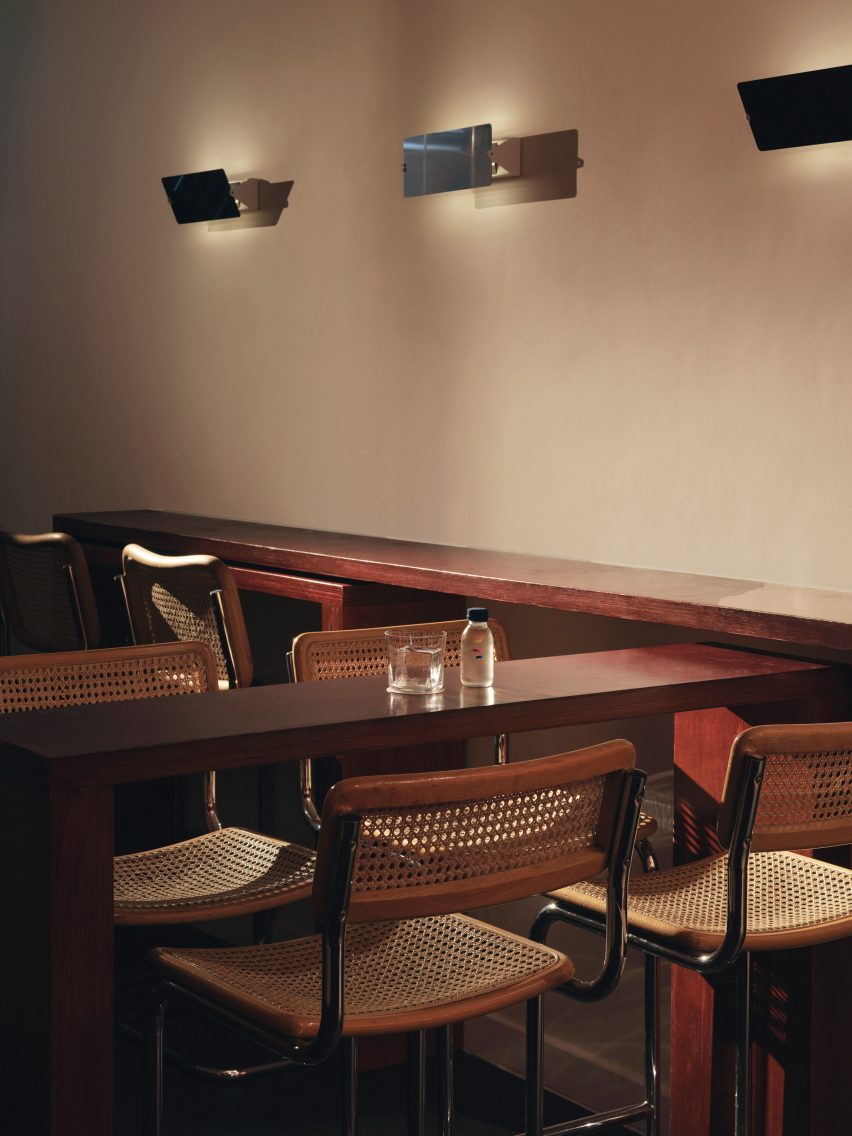
When creating the bar's minimalist interiors, Dalston-based Cake Architecture took cues from the influential German art and design school that was established in 1919 and advocated for an emphasis on functionality, among other similar principles.
Located at 232 Kingsland Road in Hoxton, the cocktail bar was renovated by the studio to serve as a multipurpose venue.
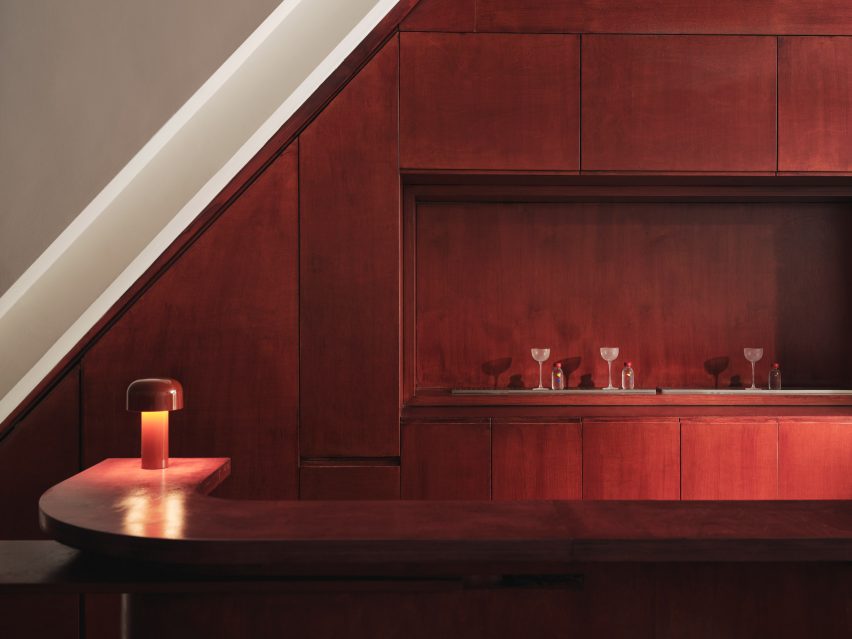
Cake Architecture doubled the bar's capacity by adding a basement, which acts as a "kitchen-bar" room, and refurbished the ground floor's existing seating area as well as a classroom-style space that offers a location for rotating events or workshops.
"These spaces have specific functional requirements and we selected colours and materials to suit," studio director Hugh Scott Moncrieff told Dezeen.
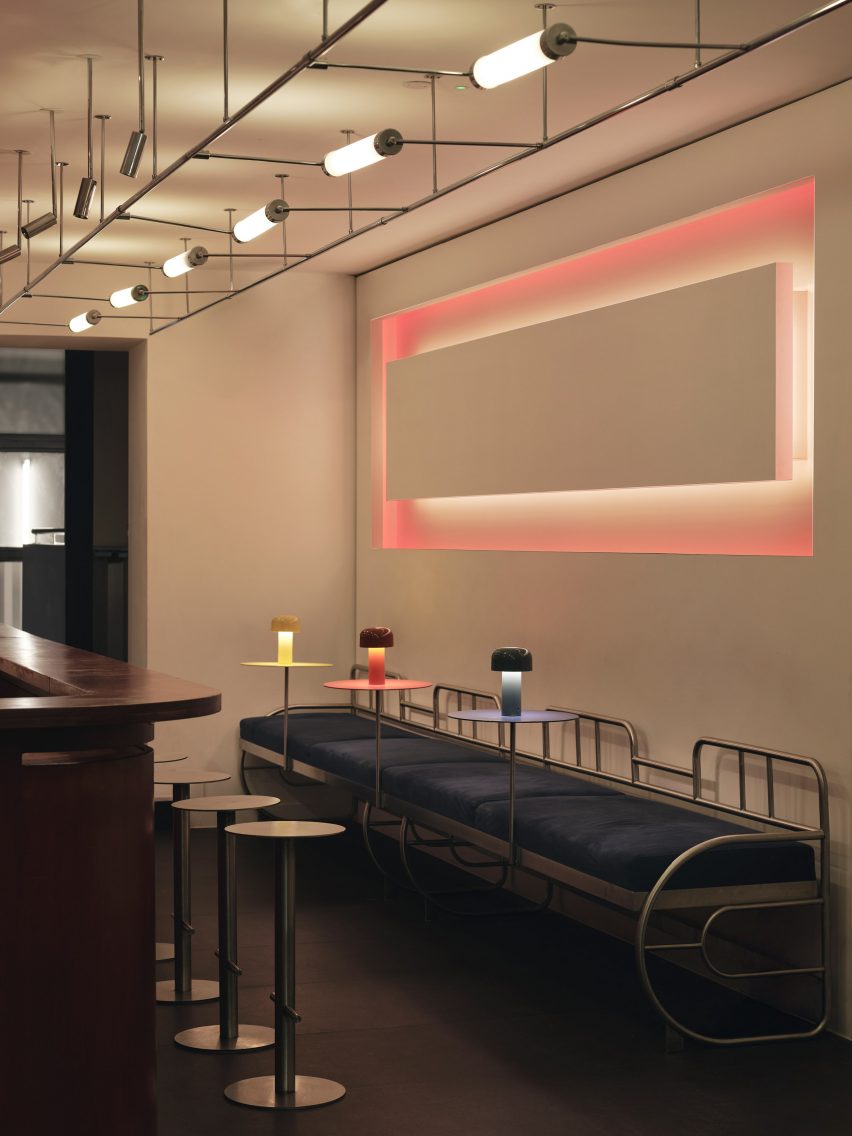
Upon entering the bar, visitors are greeted by the main seating area or "showroom", which was designed to be warm and inviting.
Tall tubular chairs finished with neutral rattan were positioned around chunky geometric tables made from birch ply stained to a rich, reddish-brown hue.
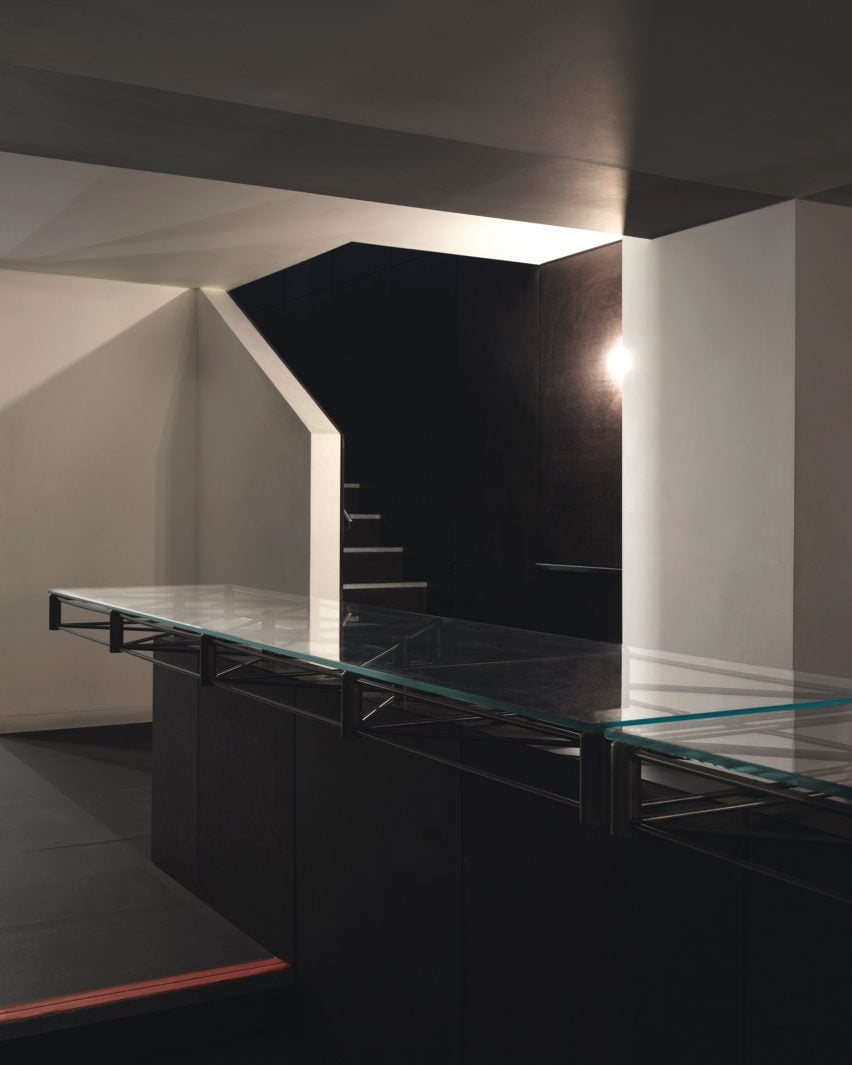
The team also used the same timber to create the space's curving bar, which is illuminated by a squat, cordless table lamp by lighting brand Flos.
Opposite the bar, a glowing rectilinear light installation by photographer Steve Braiden was fitted to the wall underneath bench-style seating reminiscent of early Bauhaus furniture designs.
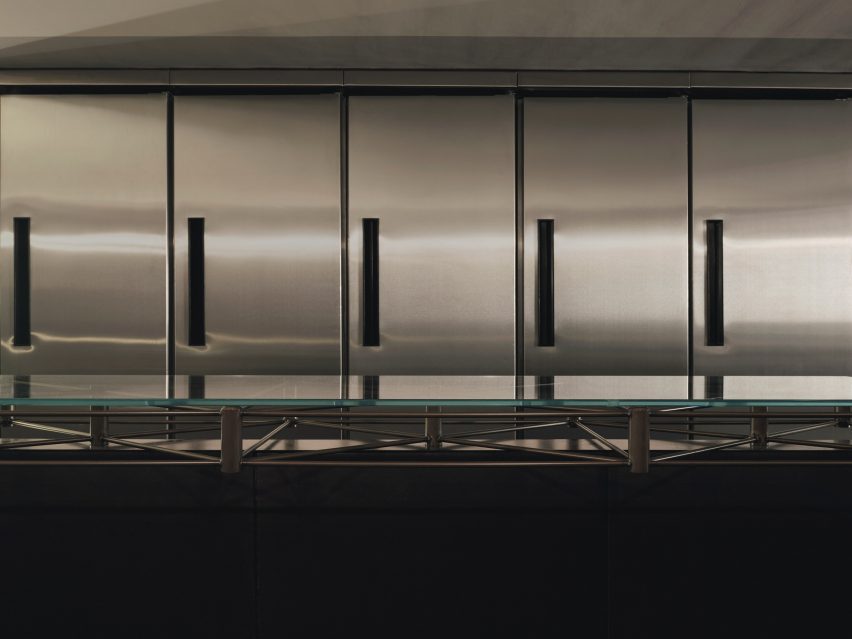
"We looked in particular at projects by the Bauhaus founder Walter Gropius," reflected Scott Moncrieff.
"Gropius is a master of this elegant zoning through the application of colour and form," he added.
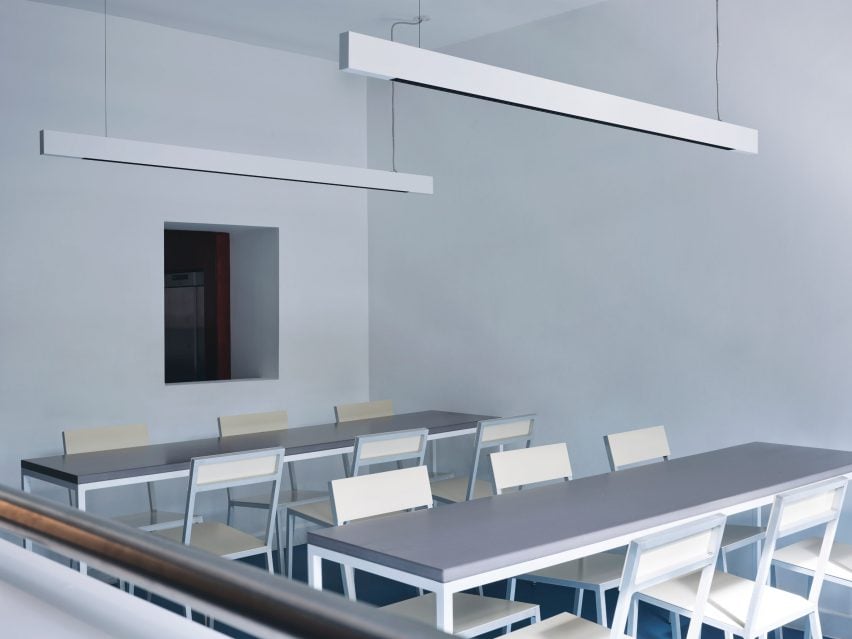
Downstairs, the low-lit basement was created to house additional seating as well as "all of the crazy machinery they use to prepare the drinks," the designer said.
The basement is characterised by a bespoke central table by Cake Architecture and furniture designer Eddie Olin.
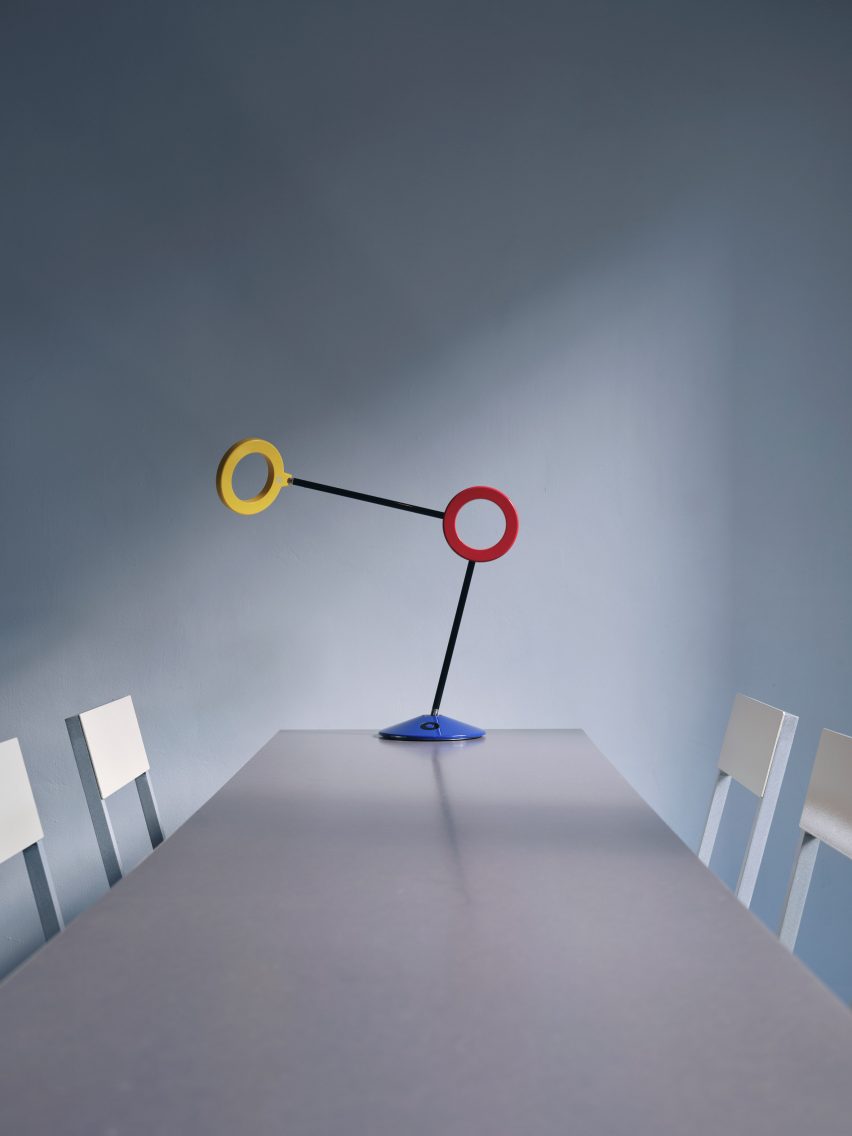
Consisting of a steel frame that "floats" over a central leg, the table was topped with a glass surface and its base was clad in phenolic-coated plywood to match the floor and walls.
"This new basement is predominantly a production space – so the palette reflects this with hardwearing, utilitarian and industrial materials," said Scott Moncrieff.
A thick, felt curtain in ultramarine adds a pop of colour to the otherwise pared-back space.
With its pale blue walls and Valchromat-topped, steel-framed tables, the ground-floor "classroom" pays homage to the Bauhaus as an educational institution.
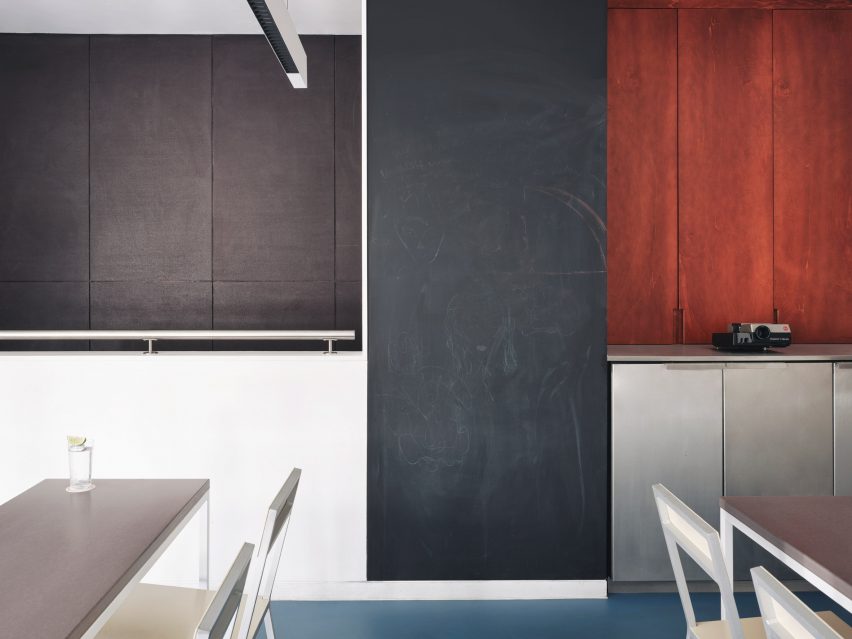
Brighter blue vinyl covers the floors while a sculptural lamp featuring red, yellow and blue circles echoes the bar's logo.
A tall blackboard and overhead strip lighting add to the classroom feel of the space, which is used for various group events.
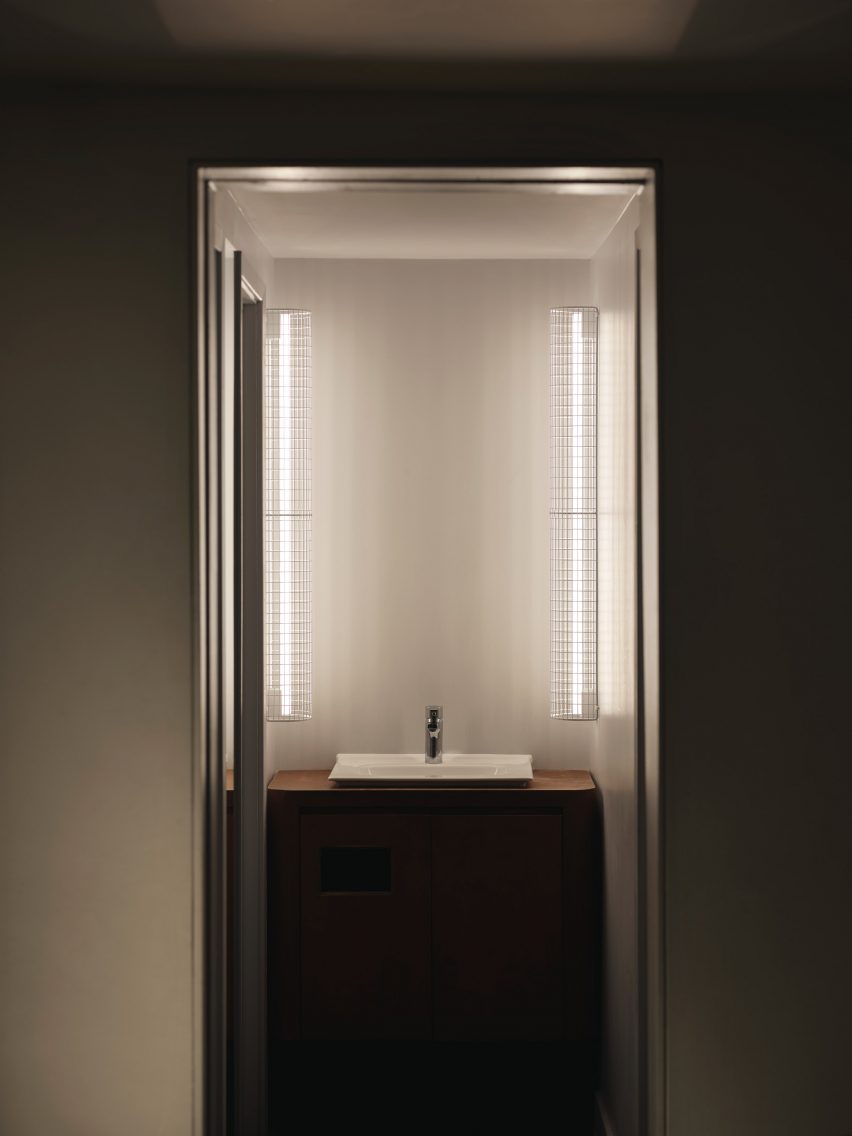
Cake Architecture worked closely with the bar's founders Remy Savage and Paul Lougrat when creating the interiors, which were primarily informed by the duo's way of working.
"The team has a conceptually driven ethos drawn from the theory and practice of Bauhaus embedded in everything they are doing. We found that incredibly exciting," explained Scott Moncrieff.
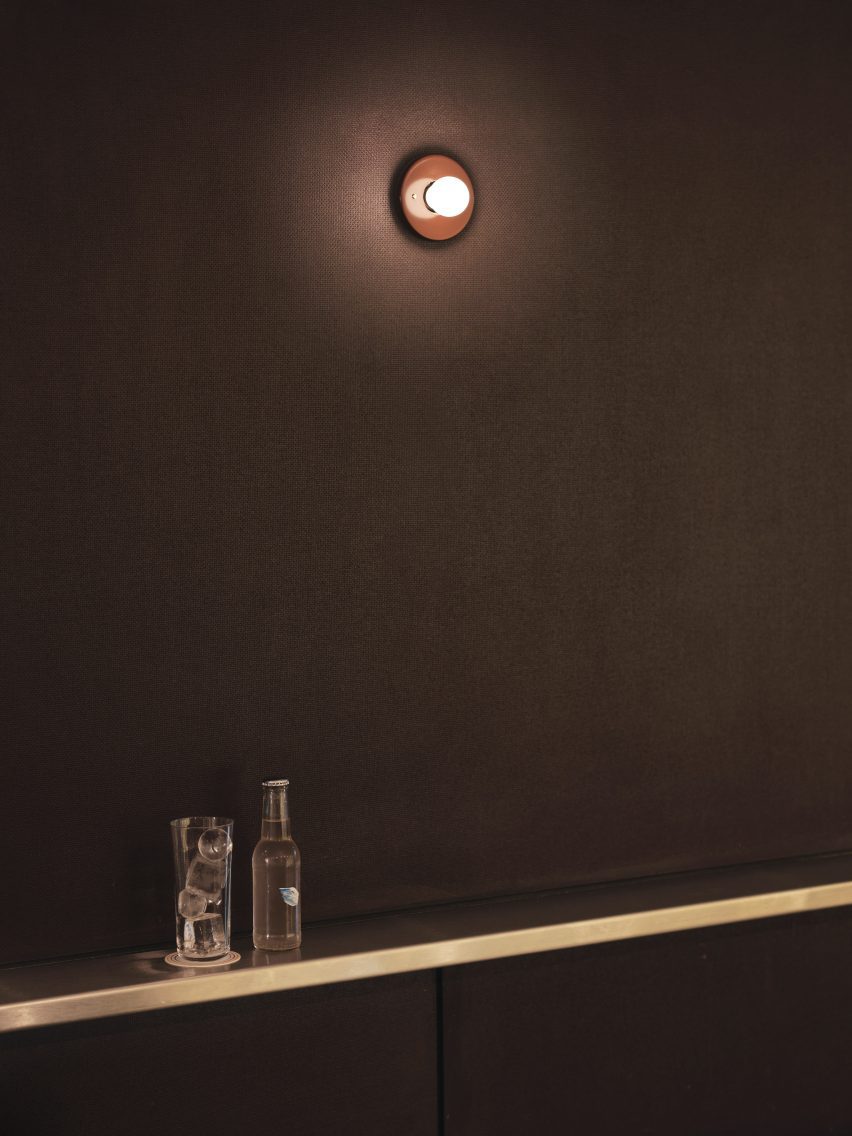
"The Bauhaus phrase 'party, work, play' was pertinent to some early ideas and this carried through all our design discussions," noted the designer.
"The space enables these three things. Separately as individual functions and simultaneously as a representation of the overall atmosphere of a bar!"
Cake Architecture previously worked with interior designer Max Radford to create a curtain-wrapped speakeasy in London's Soho. The studio also designed a workspace for London agency Ask Us For Ideas in the same part of the city.
The photography is by Felix Speller.